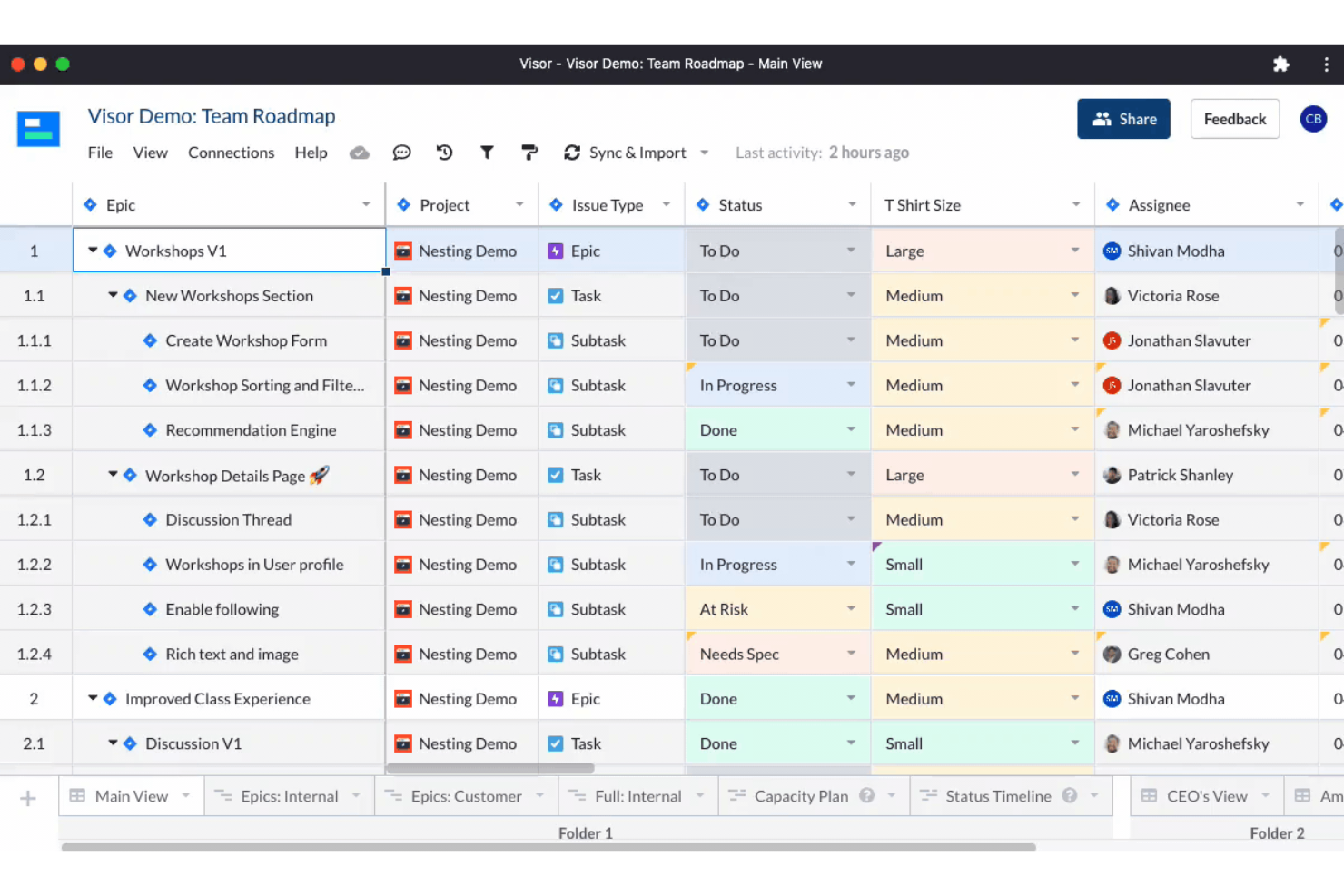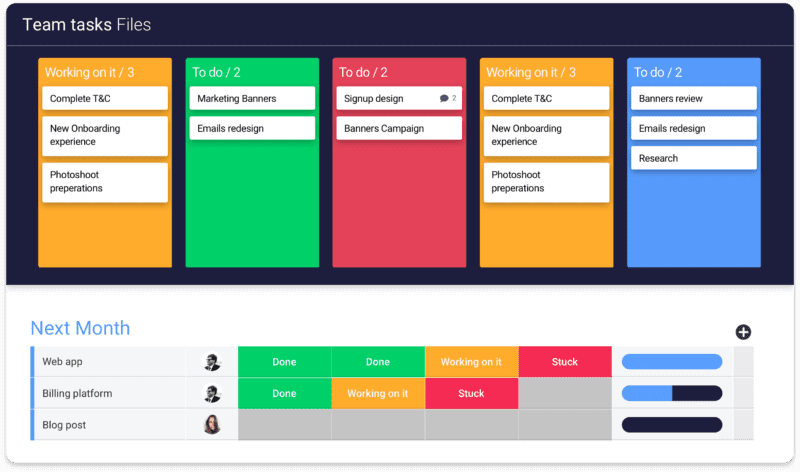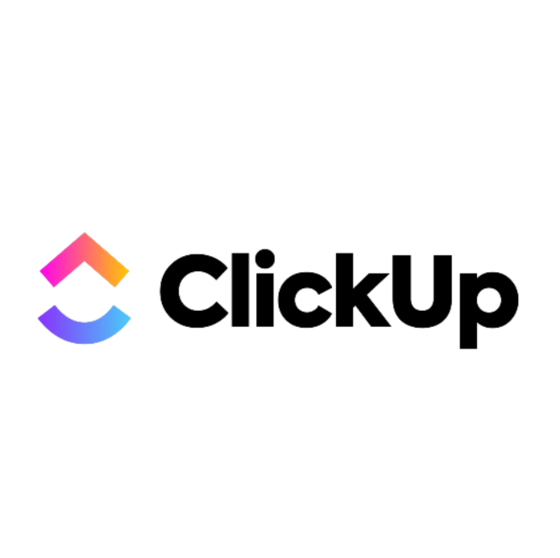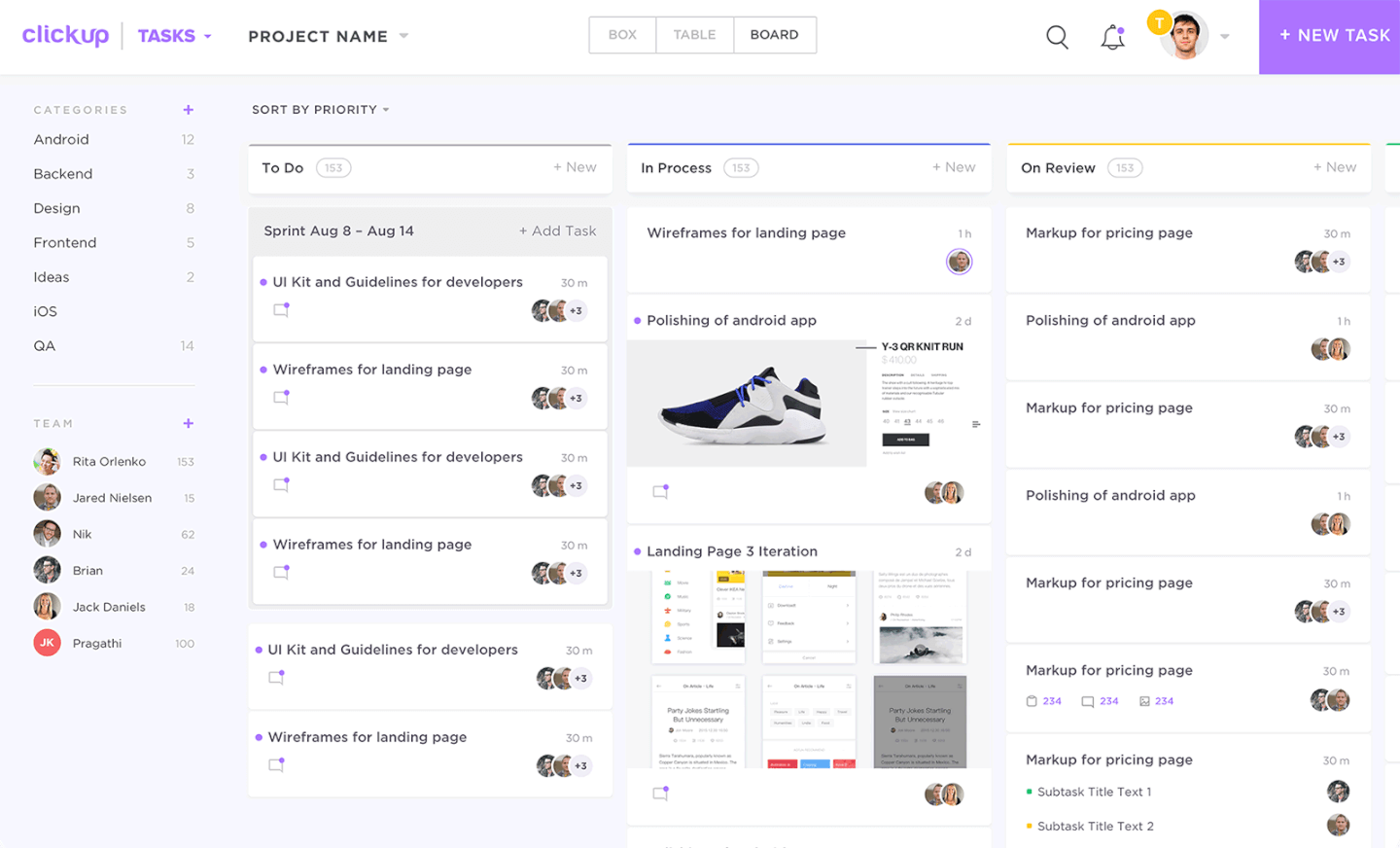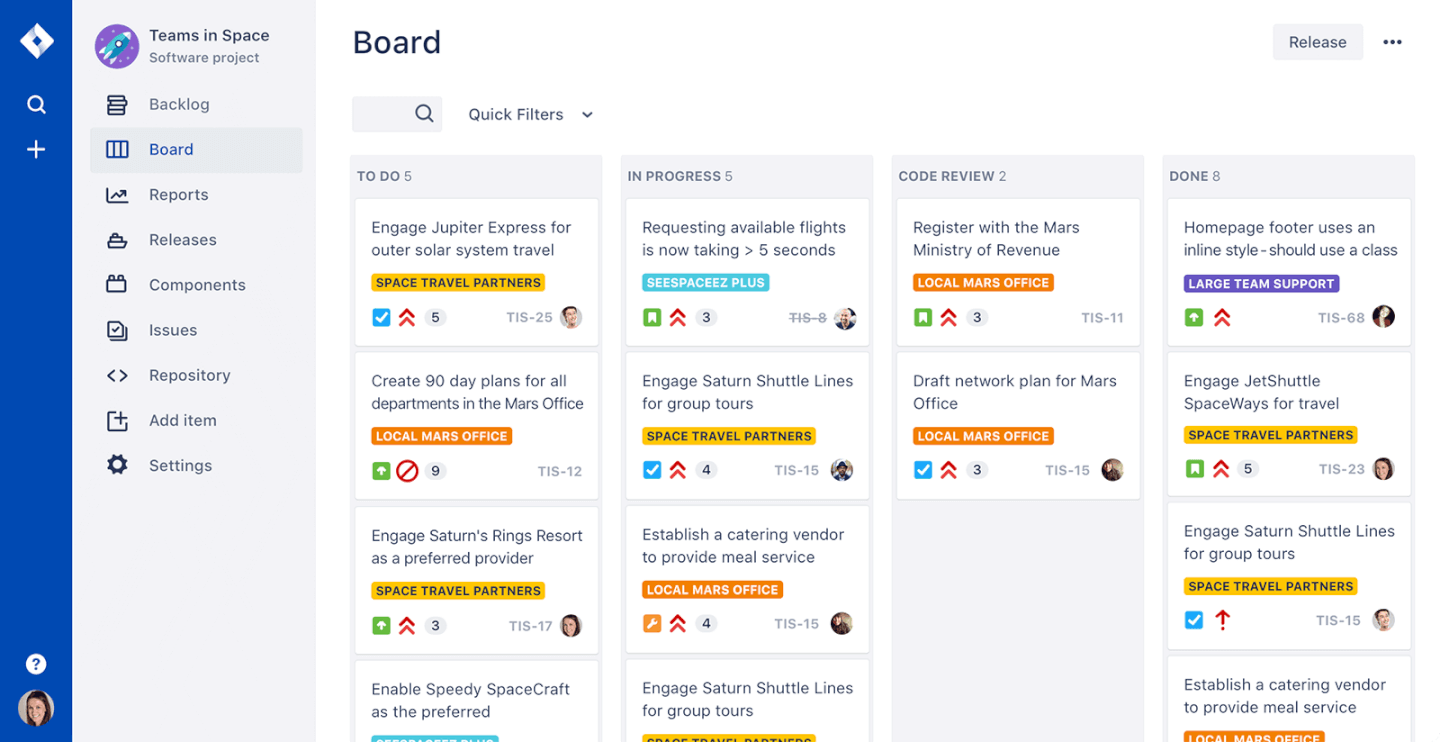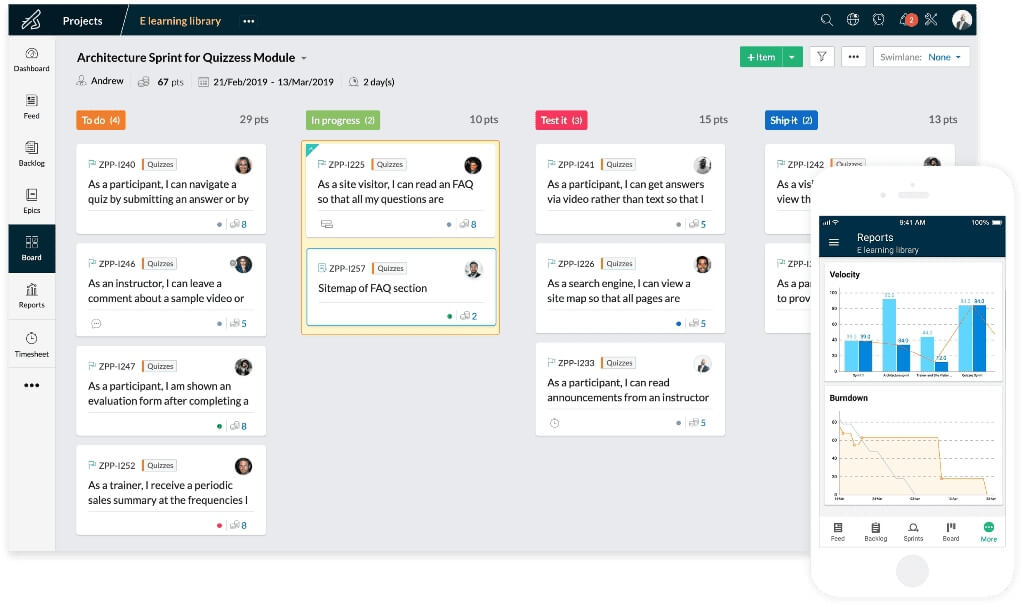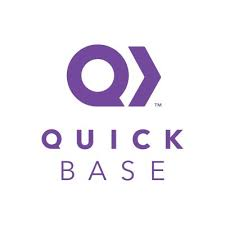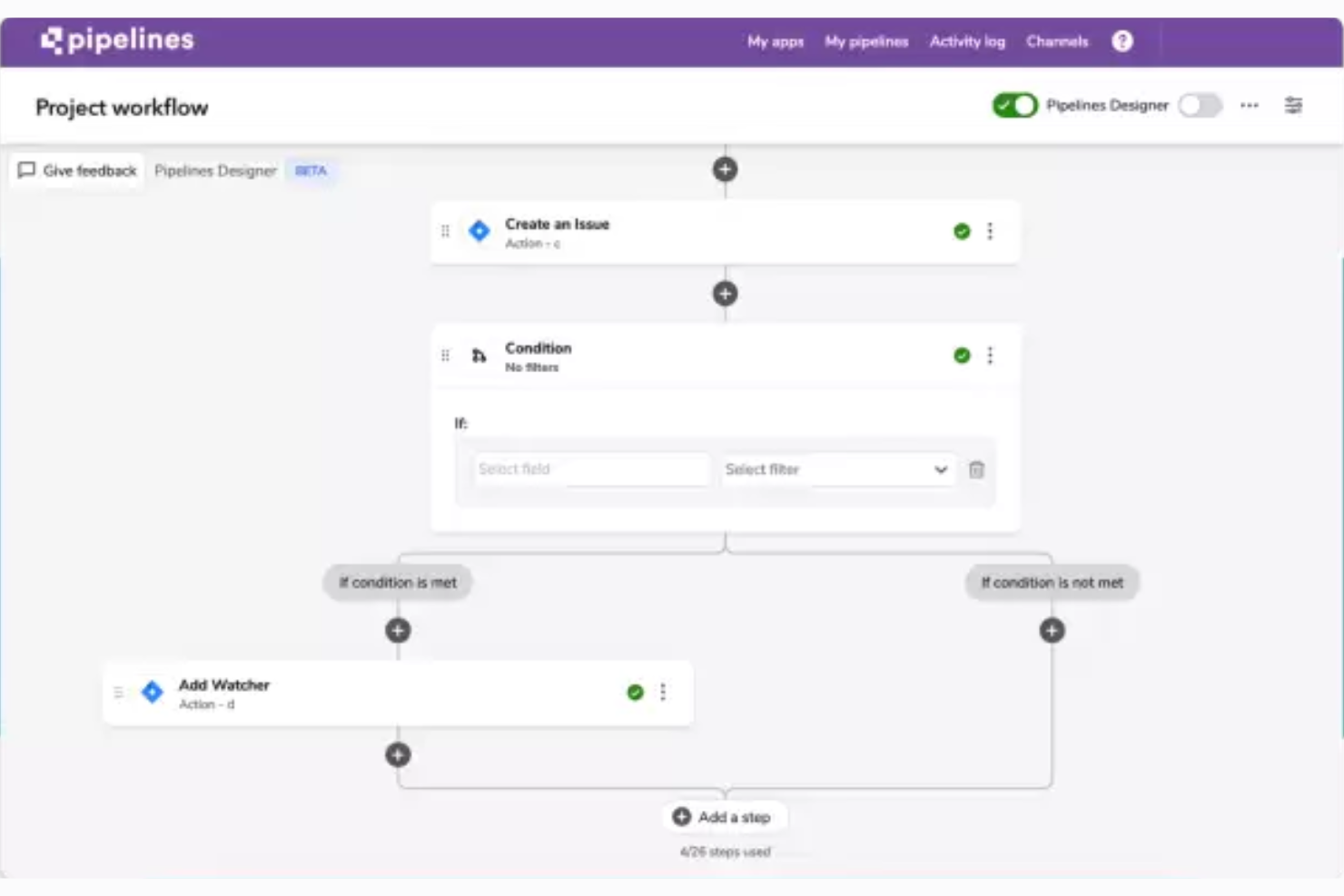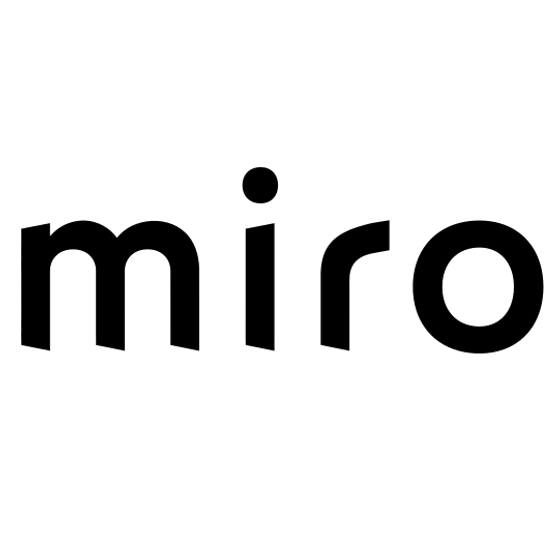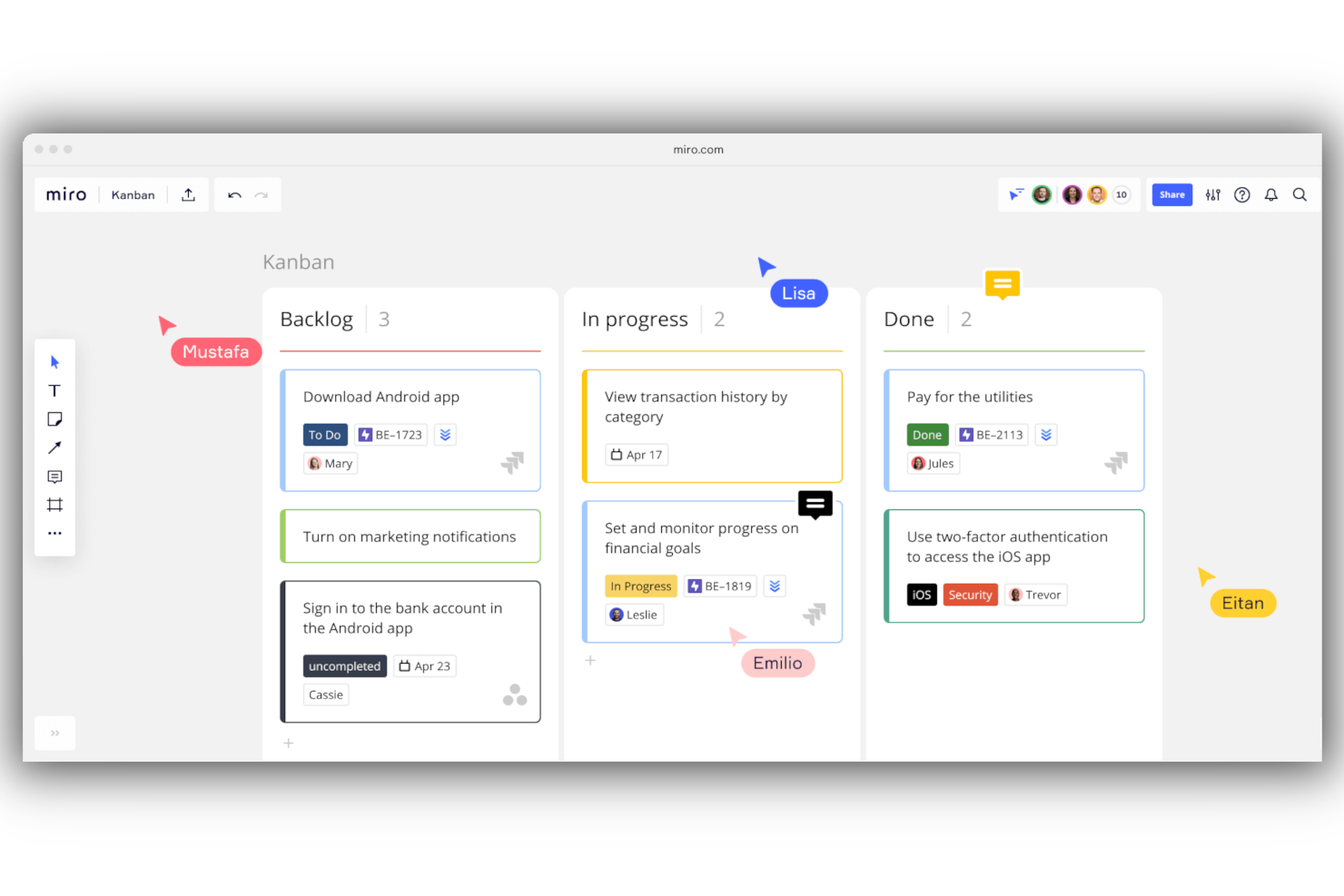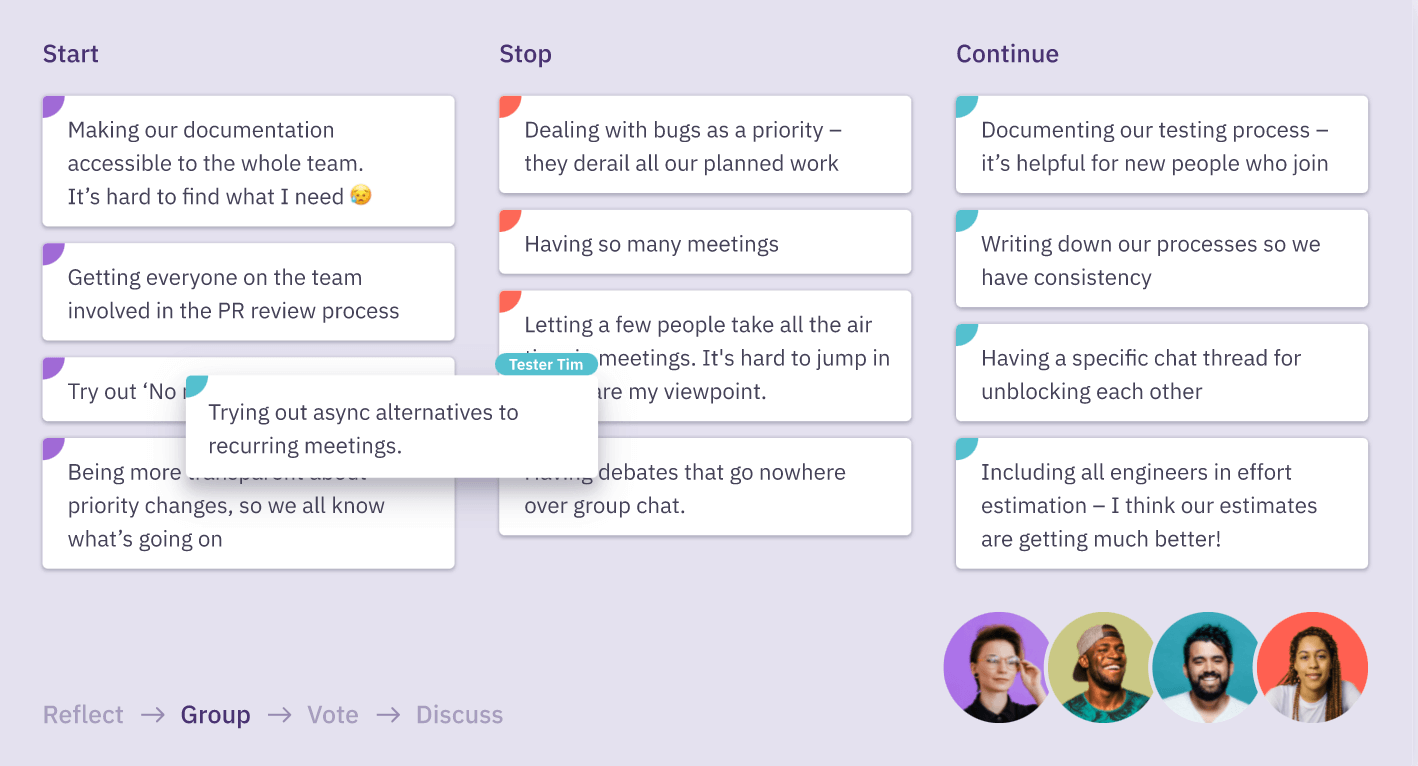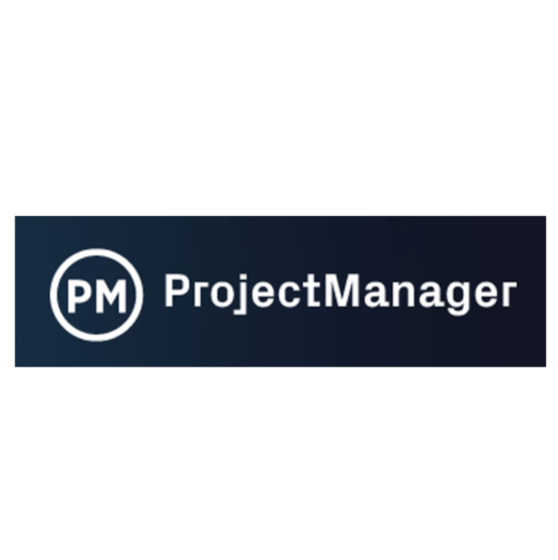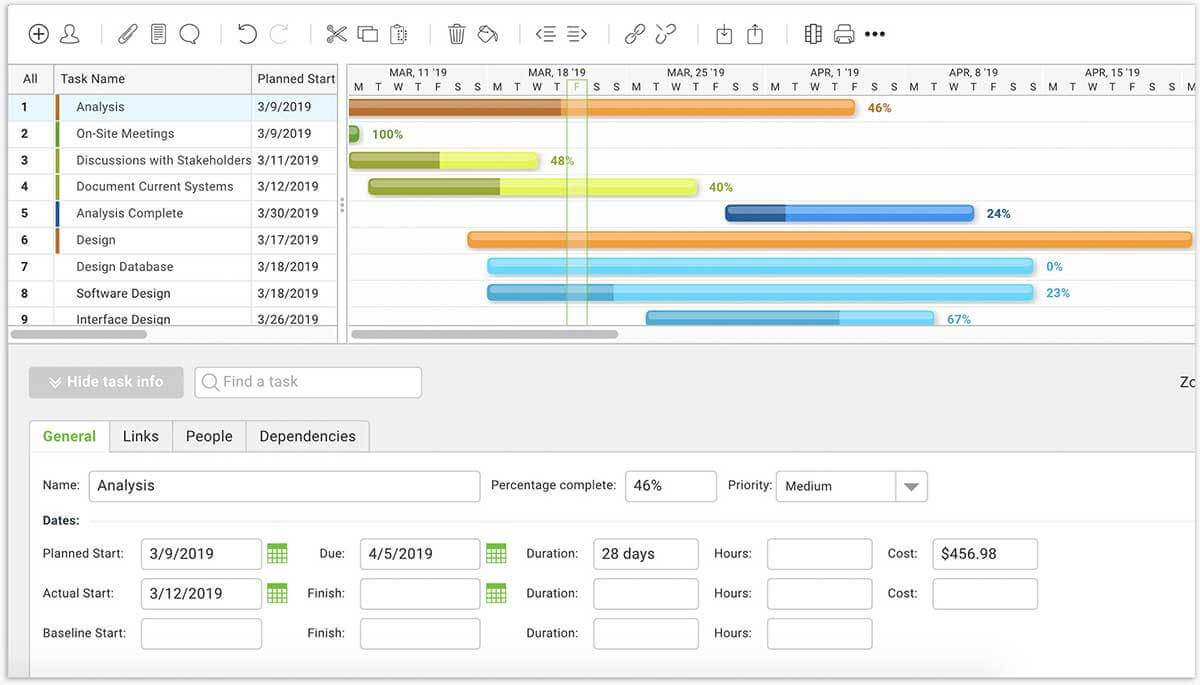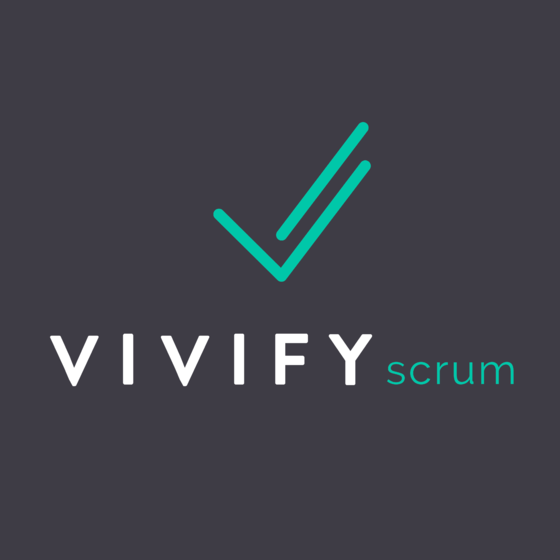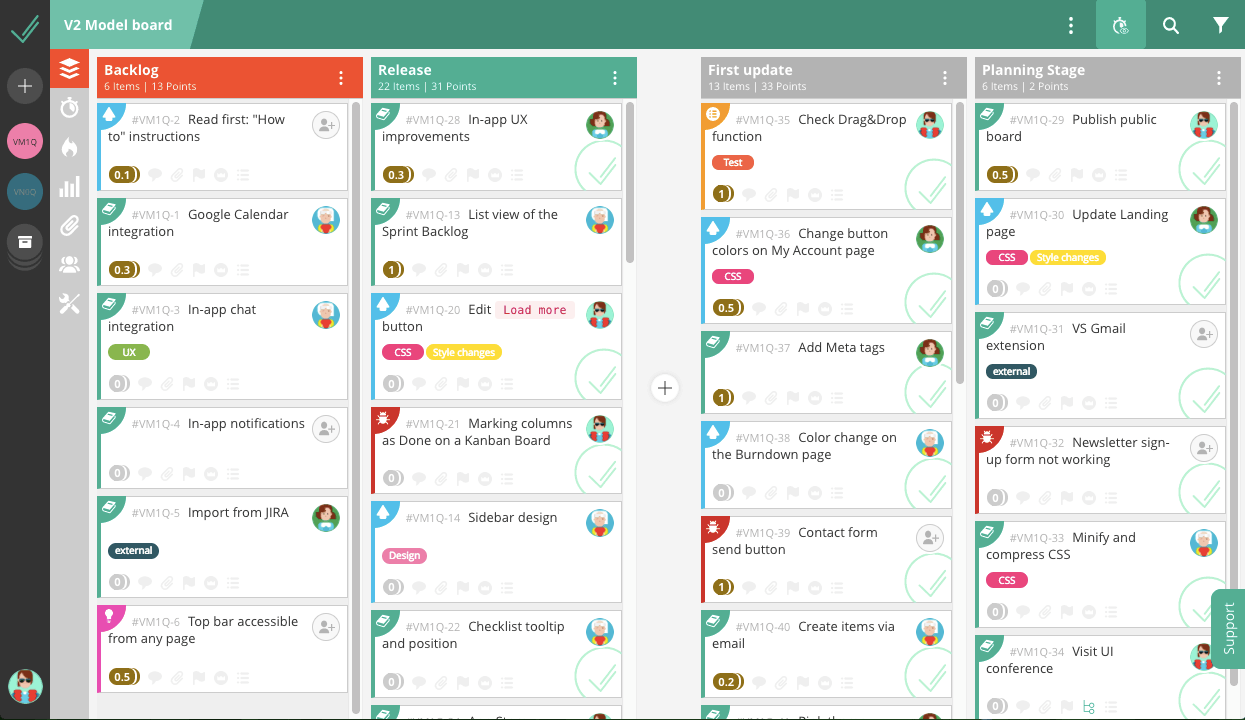10 10 meilleurs outils Scrum pour augmenter la productivité de votre équipe
Here's my pick of the 10 best software from the 20 tools reviewed.
Les outils Scrum ne sont pas seulement destinés aux bureaux de développement de logiciels agiles, même si c’est de là que Scrum est né. Le cadre Scrum peut être utilisé dans de nombreux contextes de production – des agences de marketing aux entreprises de construction. En fait, un grand nombre des meilleurs logiciels de gestion de projet disponibles sur le marché incluent des fonctionnalités permettant de suivre un cadre Scrum, incorporant des éléments tels que les arriérés et des fonctions de planification de sprint.
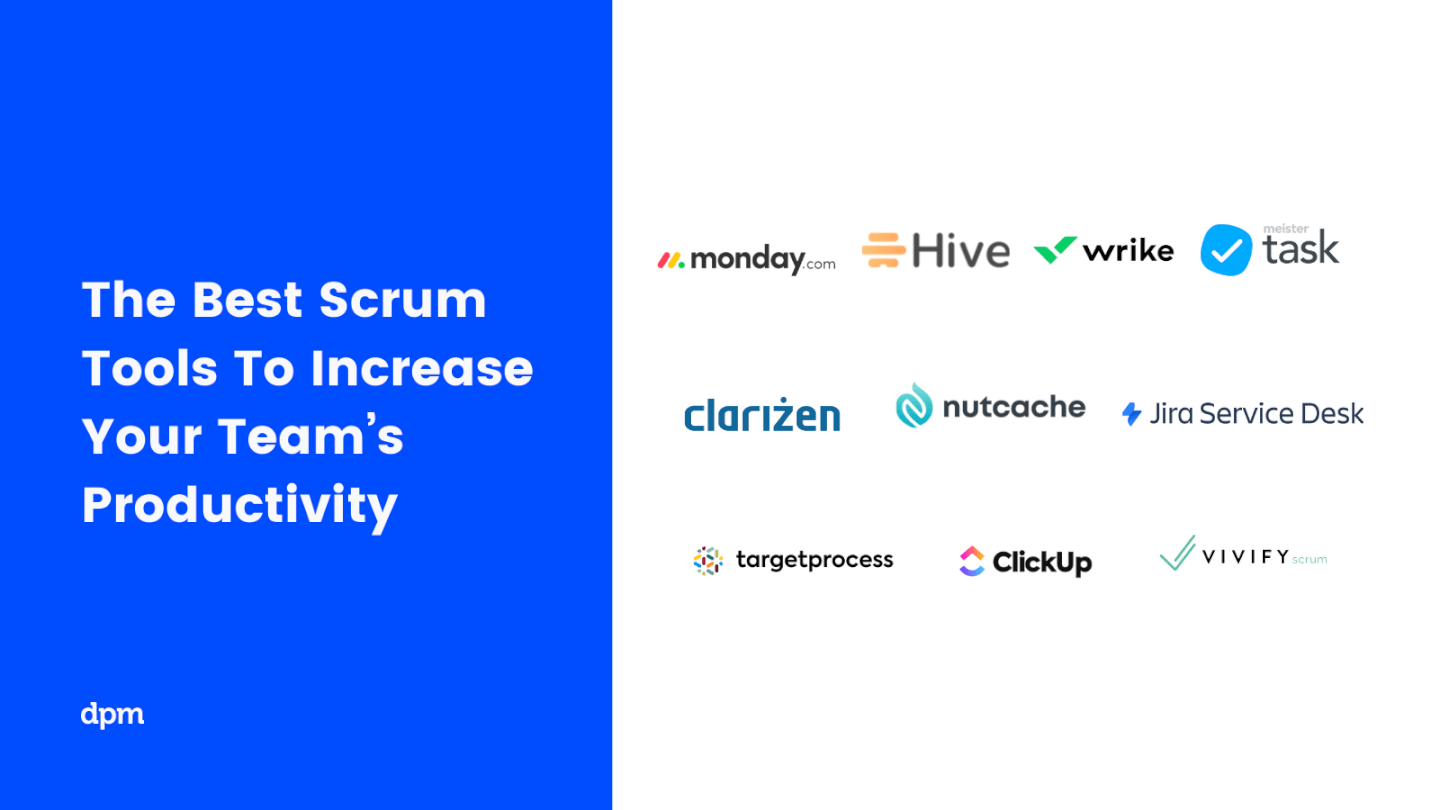
The Digital Project Manager est sponsorisé par le lecteur. Lorsque vous cliquez sur les liens de notre site, nous pouvons gagner une commission. En Savoir Plus.
Que fait un outil Scrum?
Scrum fournit un cadre défini pour la production d’un produit, qu’il s’agisse d’une campagne par e-mail, d’un logiciel ou d’un produit grand public. Tous les outils Scrum sont basés sur un cadre similaire d’éléments Scrum de base. Si vous n’êtes pas familier avec Scrum, jetez un coup d’œil à notre guide des 9 méthodologies de gestion de projet simplifiées. Parce que Scrum est lié à Agile, il y a un certain croisement entre les logiciels décrits comme “outils agile” et “outils Scrum”. Cependant, en général, les outils de gestion de projet agiles permettront d’élargir la portée des fonctions de développement agile, pas seulement celles liées à Scrum.
Le logiciel Scrum est conçu pour faciliter le cadre Scrum, en encourageant la collaboration, la transparence et l’efficacité parmi les membres de l’équipe. En fait, le logiciel Scrum peut s’avérer bénéfique pour presque toutes les organisations, car il facilite la communication, organise la charge de travail et aide les membres à planifier des itérations multiples.
Les éléments de base de la méthodologie et du logiciel Scrum
Un élément critique de tout logiciel de gestion de projet Scrum est le backlog. Comme un tableau blanc ou des notes autocollantes, c’est ici que vous énumérez toutes les tâches et les exigences pour votre produit final. Il est essentiel d’établir l’ordre de priorité de votre arriéré en fonction de l’urgence et de l’importance de chaque tâche.
Un autre élément clé des applications Scrum est le Chef de produit. Il s’agit de la personne à qui appartient la discussion sur les fonctionnalités incluses ou non dans la gestion des attentes commerciales et fonctionnelles du produit.
Le cadre Scrum divise le temps en morceaux prédéterminés pour accomplir chaque tâche de l’arriéré, connu sous le nom de Sprint. La représentation graphique d’un sprint s’appelle un diagramme de Burndown, utile pour visualiser les progrès afin de rester sur la bonne voie.
Le scrum quotidien est une réunion où tous les membres de l’équipe discutent de leurs progrès et soulèvent toutes les questions qui nécessitent une attention particulière. La plupart des outils Scrum ont des fonctions de planification ou de réunion pour planifier et coordonner facilement les scrums quotidiens.
Chaque sprint se termine par une rétrospective, délimitée par le temps, où l’équipe passe en revue le sprint et planifie les améliorations futures.
10 des Meilleurs Outils Scrum Pour Augmenter la Productivité de votre équipe
Cette revue des outils Scrum comprend les outils suivants, avec des comparaisons de leurs fonctionnalités, prix et intégrations
Visor is a cloud-based Scrum tool that allows teams to collaborate in real-time, making it easier to manage projects and streamline communication. With Visor, you can share files, chat with colleagues, and work on projects together from anywhere in the world.
Some of Visor's standout features include the ability to create and manage tasks, set deadlines, and assign team members to specific projects. Easily switch between different projects and keep everything organized in one place. It also includes API, dashboards, data export/data import, data visualization, external integrations, Gantt charts, project management, task scheduling/tracking, resource management, and third-party plugins/add-ons.
Integrations include Jira, Salesforce, and HubSpot.
The tool costs $9 per user per month and a free plan is available.
monday.com is a great tool for managing Scrum teams and projects. The platform has robust time tracking capabilities as well as customizable notifications and automations that allow you to focus on what’s important. You can create, visualize, and share your roadmap to keep everyone in sync.
Backlogs, dependencies, and sprint planning are available as well in a very intuitive interface.
Backlogs are easy to create and use. You can filter or sort them according to any column you choose. With many different columns, monday.com helps teams plan their sprints in a completely customizable interface, which helps workflow creation fit to the team’s needs. monday.com offers multiple views from which you can create burndown charts and analyze your work, such as Kanban, timeline, and files, among many others.
While monday.com doesn’t offer the full range of Scrum reporting features like a burndown chart, it does offer some simple reports and charts to get an overview of sprint progress, capacity, and effort.
monday.com’s integrations include project management apps like Slack, Google Drive, Gmail, Google Calendar, Jira, GitHub, Trello, Dropbox, Typeform, and many more, accessible via Zapier.
monday.com costs from $6/user/month and comes with a free 14-day trial. They offer a free plan for up to 2 users.
ClickUp strikes an impressive balance between high performance and practicality and offers a wide range of training resources. Overall, ClickUp is simply one of the best Scrum tools out there—not only is it focused on being easy to learn, integrate, and customize, it’s also a forward-looking application that incorporates leading-edge technology like NLP and ML.
As far as Scrum tools go, ClickUp has broader functionality than many other Scrum apps, offering high value for the straightforward price of $5/user/month. The tool includes Gantt charts, project templates, time tracking, and scheduling, in addition to all of the Scrum essentials. ClickUp is consistently expanding its functionality—you might start using ClickUp just for the Scrum tools, but it could easily become your core business process management tool. Notably, ClickUp also makes use of AI: the tool applies natural language processing (NLP) to interpret dates and times so users don’t have to concern themselves with exact formatting. They’re about to roll out machine learning (ML) for automatically predicting task assignees, time estimates, etc.
ClickUp has 1000+ integrations and imports the existing data from CSV files or apps like Airtable, Asana, Trello Jira, todoist, Flow, and 50+ more platforms.
ClickUp costs $5/user/month. They also have a free version that’s quite generous, with unlimited users and unlimited projects.
You’ve likely heard of Jira—it’s probably the most widely-used cloud and subscription-based software for agile teams. Because it’s so popular, many of the other project management apps include integrations with Jira. This tool has just about everything, but we do find that other tools like Targetprocess offer greater degrees of customization, especially in building custom reports and dashboard visualizations. Even so, it’s a well-rounded, familiar tool with reasonable pricing schemes for small teams, mid-sized teams, and enterprise.
Jira delivers a well-balanced array of Scrum project management tools, including customizable Scrum and Kanban boards, custom filters for backlog grooming, customizable workflows, and dozens of visual reports (burndown, cumulative flow, velocity, etc). It also includes some higher-level BPM functionality: roadmapping, process templates, and a “sandbox” tool for testing out different scenarios before allocating resources and making estimates.
Jira integrates with over 3000 other apps, has a robust set of APIs, and is available on all mobile devices. One of Jira’s stronger selling points is the way it integrates with the software development ecosystem. It integrates with numerous developer tools (HipChat, Confluence, BitBucket, etc) and provides a real-time overview of tasks for easily identifying outstanding bugs, failing builds, and pull requests.
Jira costs from $10/month for up to 10 users. They offer free licensing for qualifying charitable organizations, educational settings, and open source initiatives.
Zoho Sprints is an agile project management tool that helps Scrum teams organize user stories, manage backlogs, and track progress on Scrum Boards. It’s a simple and clutter-free Scrum tool that helps teams to focus on shipping great quality work.
The drag and drop planning builder helps teams plan their upcoming sprints by moving items from their project backlog to their sprint backlog. The project backlog serves as the repository of all user stories, tasks, and bugs. The dedicated planning center equips teams to refine their project backlog with options to filter, sort and search items across default and custom parameters.
The Scrum Board in Zoho Sprints is highly customizable and provides visibility and transparency of everyone’s progress. It is effortless to drag-and-drop stories into completion, create custom statuses and set WIP limits. Teams can sort work items into swimlanes based on priority, story, or estimation points, and track the progress of sprints in an exclusive sprint dashboard.
Zoho Sprints provides real-time reports and insights into the overall progress. The Velocity Chart calculates the amount of work delivered in each sprint and helps teams to plan and estimate future sprints. Meanwhile, Burndown and Burnup charts help teams to track the pace at which they are burning estimation points by comparing the current and ideal progress line.
Communication and collaboration are crucial in every aspect of life, and they're especially critical when you're working with cross-functional teams. With Zoho Sprints, product teams can collaborate within the context of their work through features like built-in chat, virtual meetings, and an interactive project feed.
Zoho Sprints integrates well with popular code repository management tools like GitHub, GitLab, Bitbucket. DevOps teams can also automate their CI/CD pipelines by integrating with developer tools like Jenkins and Azure DevOps. Teams can leverage webhooks and APIs to build their integrations or browse through a growing library of apps listed on Zoho's marketplace.
Zoho Sprints offers a free trial for 15 days (no credit card required). Zoho Sprints has one paid plan starting at $6/per user per month billed annually. Also has a freemium version up to 3 users for 3 projects.
QuickBase is a platform that provides no-code solutions for work management across various project types and industries. It enables users to create, connect, and customize applications to manage work effectively without requiring extensive coding skills, positioning it as a leading choice for no-code dynamic work management.
QuickBase stand out is its comprehensive visibility for every project, which is crucial for managing scrum processes effectively. I believe QuickBase is best for no-code dynamic work management due to its ability to support complex projects and foster continuous innovation on a single platform, along with providing resources and a professional community for additional support.
QuickBase is a versatile platform that enables users to create custom applications tailored to their specific business needs without coding, utilizing customizable app building features. It enhances productivity through automation tools that trigger actions like notifications and task creation. The platform also offers robust reporting and analytics for data insights, integrates with other services for data synchronization, and provides security measures like role-based access controls.
QuickBase supports mobile access and fosters a professional community for knowledge sharing.
Integrations include Salesforce, Microsoft Teams, Google Calendar, Tableau, QuickBase Pipelines, Slack and Zapier.
Pricing for QuickBase starts from $35/user/month (billed annually). A 30-day free trial is also available.
Miro is an online collaboration tool that facilitates real-time project planning and brainstorming for distributed teams. Known for its wide selection of pre-built templates, including Kanban and Scrum boards, Miro is designed to support project planning from conception to execution.
For Scrum teams, Miro's planner feature is particularly beneficial, enabling visualization of tasks by sprint, status, and even individual team member capacity. This ensures a transparent overview of sprints, facilitating daily stand-ups and sprint planning meetings. The dependencies app within Miro is also helpful for managing complex projects, as it allows teams to easily identify and address task interdependencies, which is crucial for sprint planning and backlog management.
The software integrates with other workplace tools like Zoom, Microsoft Teams, Slack, Google Workspace, Asana, monday.com, Jira, Dropbox, OneDrive, Confluence, Notion, Airtable, ClickUp, and Unito, among others.
Paid plans start from $10 per user per month. A free plan is also available.
Parabol is an agile meeting tool that helps remote and co-located Scrum teams run guided retrospective, check-in, and Sprint Poker estimation meetings.
Every meeting includes optional icebreakers, anonymous voting/reflections, and space for asynchronous discussions. After a meeting ends, Parabol follows-up with an automatic summary, which means team members can remain fully present at the meeting without taking notes.
The tool integrates with Jira, GitHub, and Slack, so users can export follow-up tasks from retrospective or estimation meetings for use in your agile project management tool or other places according to your process.
Parabol is easy to use for all team members, taking the burden off facilitators and allowing any team member to run meetings.
The tool is free for up to 2 teams.
ProjectManager.com isn’t a specialized Scrum tool per se, but as an award-winning PM software used by big name brands like NASA, Volvo, and Ralph Lauren, it’s worth considering. And while it’s used in enterprises, ProjectManager.com’s basic plan can have as few as 5 users, so it’s still a sensible solution for small teams.
So, as I mentioned, ProjectManager.com isn’t a specialized Scrum tool—but I include it here because it has some really useful features that a team adhering to a Scrum methodology could do well to take advantage of. You’ll find Kanban boards with real-time dashboards that help you visualize your work, and you can switch seamlessly between different task and project views to help visualize work, too. The notifications are basic but useful—you can set up automated alerts to stay on top of due or overdue tasks.
ProjectManager.com integrations include native integrations with GoogleApps like Drive, Gmail, Calendar, etc. as well as Microsoft Office and Microsoft Project. For all other integrations, you can use Zapier to sync ProjectManager.com with other tools.
Pricing for ProjectManager.com starts at $15/user/month, with their basic “Personal” plan requiring a minimum of 5 users.
VivifyScrum is a well-balanced tool with useful Scrum features and an appealing UI. This cloud-based app offers a clean, clutter-free interface that makes handling projects easy for beginners using the Scrum framework. Many Scrum tools claim to make project management seamless, but Vivify’s intuitive flow and quick navigation actually deliver that seamless feeling.
The tool offers a wide array of business functions, such as invoicing, time management and file management. This is a low-risk tool for any organization to try out, as the starter plan has all features included for up to 10 users. Finally, VivifyScrum includes a reporting module where you can generate burn-down charts and statistics.
VivifyScrum has a decent number of integrations, including Slack, Trello, GitHub, BitBucket, Travis, Pivotal Tracker, and Jira. You can connect the app to thousands more thanks to an integration with Zapier, and download client versions of the software for Mac, Windows, Linux, and mobile devices.
VivifyScrum cost starts at $96/year for up to 10 users and offers a 7-day free trial. Important: all packages include all features as the difference in pricing is based on the number of users only.
Résumé des meilleurs outils Scrum
C’est facile de se perdre avec tous les outils Scrum qui existent. Voici un tableau simple résumant les informations de base sur les outils décrits dans cet article. Consultez le prix de l’outil Scrum et la disponibilité d’essais gratuits pour faire une comparaison rapide côte à côte.
| Tools | Price | |
|---|---|---|
| Visor | From $9/user/month | Website |
| monday.com | From $8/user/month (billed annually, min 3 seats) | Website |
| ClickUp | From $7/user/month | Website |
| Jira Software | $10/user/month | Website |
| Zoho Sprints | From $3 /user/month for up to 100 users | Website |
| QuickBase | From $35/user/month (billed annually) | Website |
| Miro | From $10/user/month | Website |
| Parabol | From $6/user/month | Website |
| ProjectManager.com | From $13/user/month (min 5 seats) (billed annually) | Website |
| VivifyScrum | From $96 as a one-time fee for 10 users | Website |

Compare Software Specs Side by Side
Use our comparison chart to review and evaluate software specs side-by-side.
Compare SoftwareNous avons également inclus une explication de nos critères de sélection, afin que vous puissiez comprendre comment et pourquoi nous avons choisi ces outils Scrum.
Autres outils Scrum
Je n’ai pas eu le temps de les évauer correctement, mais voici quelques autres outils Scrum que vous pouvez consulter:
- Targetprocess
Best for SAFe and LeSS
- Planview Clarizen
Best Scrum tool for enterprise
- Yodiz
Best free Scrum tool for small teams
- nutcache
Best Scrum tool for managing time, expenses, and billing
- Axosoft
Best for complex projects
- Height
Streamlining online Scrum development.
- Scrumfast
Best for intuitive UI and UX
- Quickscrum
Best Scrum software vendor for customer service and training services
- Scrumwise
Best simple Scrum software with core Scrum features
Vous voulez de l’aide pour réduire les options?
Cet outil est très utile. Nous nous sommes associés à Crozdesk pour vous donner accès à leur “Software Finder”.
Si vous saisissez certains détails sur votre projet et les fonctionnalités que vous recherchez dans un outil de gestion de projet, une liste d’outils correspondant à vos préférences sera générée. Vous fournissez votre email, et ils vous envoient un beau guide PDF avec un résumé de vos meilleures options.
Critères de sélection des outils Scrum
Chaque organisation est différente – une agence de marketing n’utilise pas nécessairement les mêmes outils Scrum qu’une équipe de construction. Cependant, il y a certains éléments que vous devriez vous attendre à voir dans n’importe quel outil Scrum. Nous avons identifié ces éléments essentiels pour notre évaluation :
1. Backlog du produit
Un arriéré organisé facilite la planification et l’affectation des ressources à l’avenir. Pour être efficace, l’arriéré doit être suffisamment stocké et doit permettre d’établir un ordre de priorité des tâches.
2. Sprints
C’est le cœur de tout outil Scrum. Les sprints sont répétés, des périodes de temps prédéterminées pour accomplir des séries de tâches de l’arriéré (généralement de 2 à 4 semaines).
3. Graphiques et tableau de bord
Il s’agit de représentations graphiques des progrès réalisés qui donnent un aperçu des retards et des facteurs qui en sont la cause. L’axe horizontal du tableau de bord représente les sprints et l’axe vertical montre le travail restant. Un diagramme de dégradation est la fonction de visualisation de base de n’importe quel outil Scrum ; de nombreux outils Scrum incluent également plusieurs autres types de diagrammes pour mesurer la progression (combustion, débit cumulé, etc.).
4. Visualisation
L’arriéré devrait fournir une visibilité à chaque membre de l’équipe et fournir une interface pratique à l’équipe de développement pour gérer les tâches. Les meilleurs outils de Scrum ont une visualisation des tâches et de la progression affichée sur un tableau de bord en temps réel.
5. Rapports et notifications
Certaines équipes n’ont pas besoin de rapports élaborés et personnalisés, mais tout bon outil Scrum devrait inclure quelques fonctions de base pour mesurer les progrès. De même, les notifications sont essentielles pour détecter les bugs, gérer les délais, se rappeler d’être à l’écoute des mêlées quotidiennes, etc. La plupart des logiciels de mêlée gratuits n’incluent pas beaucoup de fonctions de reporting; la plupart du temps, vous devrez utiliser un plan payant pour accéder à des fonctions de reporting avancées.
6. Intégrations
La plupart des logiciels Scrum ont leurs propres outils et applications de gestion de projet en plus des intégrations à des applications tierces et des applications compatibles mobiles. Surtout si vous n’avez pas de programmeur en interne, c’est une bonne idée de s’en tenir à un logiciel Scrum qui s’intègre facilement avec d’autres systèmes sans avoir besoin de creuser dans une API.
7. Prix
Nous avons inclus quelques informations de base sur les prix pour vous aider à évaluer le meilleur outil Scrum pour votre cas d’utilisation. Au-delà des versions freemium, les prix des outils Scrum varient entre environ 3$/utilisateur/mois à 25$/utilisateur/mois.
Comment choisir le meilleur outil Scrum pour votre équipe
Voici une liste de questions clés à vous poser afin de choisir le bon outil Scrum pour votre équipe :
- Pourquoi en avez-vous besoin? Avez-vous principalement besoin d’un outil de gestion des tâches (plus basique), ou en avez-vous besoin pour stocker la documentation ou créer des rapports destinés aux clients (plus avancés)?
- Quelle est la taille de votre équipe? Les très petites équipes ont la chance de trouver plusieurs outils Scrum qui offrent une gamme complète de fonctionnalités gratuitement. Si vous avez l’intention de mettre à l’échelle, tenez compte de ce qui suit: combien coûtera la mise à niveau?
- Avec quels outils doit-elle s’intégrer? A tout le moins, il a probablement besoin d’être intégré à votre agenda et à vos dossiers de documents. Demandez-vous également si vous souhaitez un outil qui s’intègre à vos applications de développement existantes, CRM, applications de suivi du temps, systèmes de gestion de documents, applications de gestion des ressources et autres outils BPM.
- Comment s’intégrera-t-il à votre flux de travail et est-il facile à apprendre et à mettre en place? Si vous êtes novice dans les outils Scrum, choisissez un outil avec une grande bibliothèque de ressources de formation, une formation en ligne, ou même un coaching Scrum.
- Quel est votre budget outil? Gardez à l’esprit les exigences futures en matière de mise à l’échelle.
Qu’en pensez-vous?
Avez-vous déjà utilisé l’un de ces outils Scrum? Lequel préférez-vous et pourquoi? Commentez et partagez avec la communauté de la gestion de projet digital ci-dessous.





